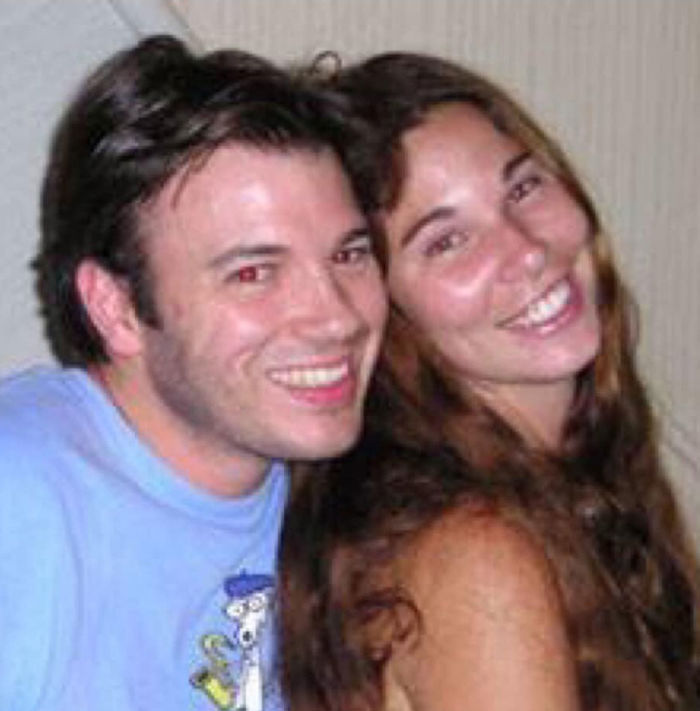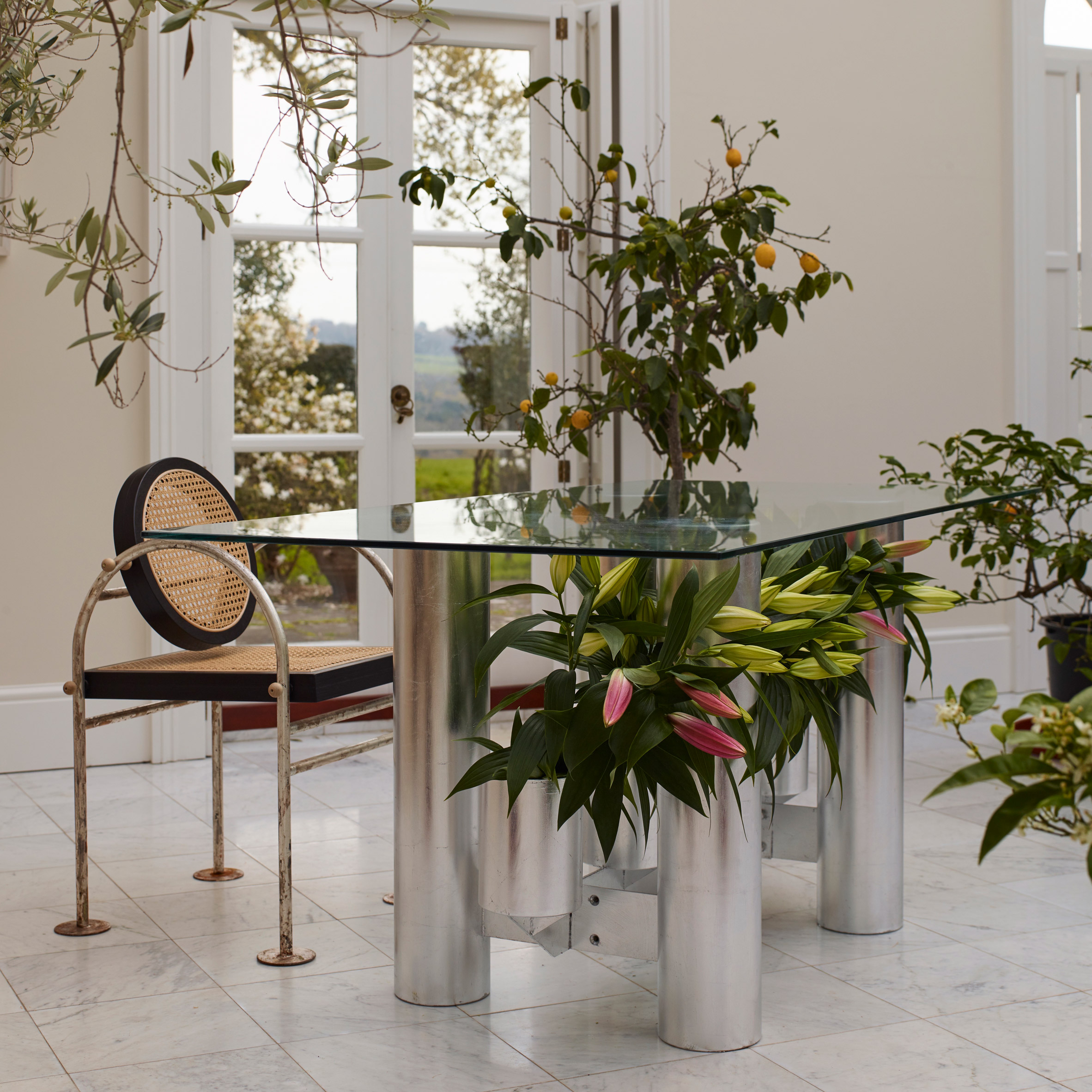English is one of the most popular languages in the world. About 2 billion people speak it but to find out just how deeply it has really made its way into cultures around the world, Reddit user everythingtiddiesboi made a post on the platform, asking "Non-English speakers of Reddit; the way Americans use foreign words such as Bon Appétit and Sayonara in regular conversation, what English words do you use?"
And their call was answered. People immediately took to the comment section, sharing the okays and randoms they hear in their countries, providing interesting insights into our collective linguistic landscape.
#1
Norwegians use 'Texas' as an adjective in describing parties, as in, 'That party was Texas!' In this context it means both 'huge and epic' and 'probably embarrassing for everybody involved.#2
In France, a lot of "Ouat Ze Feuk" (wtf)#3
In German, the list is as long as the day is... also long? F***, sorry, f*** you, hello, good morning, b****, bye, what's sup?, and cheers just to name a few. Also, a lot of people just kinda swap in the direct English translations for words to sound young and trendy. Nouns like pants, bag, backpack, bike, ect are popular as well as germanized verbs like "collecten", "up-picken", "texten", ect.
#4
In Poland we often use "sory" (pronounced a bit differently than sorry) instead of przepraszam, guess why.#5
Sorry,' 'ok,' and 'cool' are the most common ones in Czech. Even my grandma uses those.#6
Hindi and Marathi: we use tons of English words in daily language. There are many things for which only the English word is in use, because the vernacular word either is outdated or doesn’t exist. Simple examples: “table”, “light/bulb”, any computer related noun: speaker, keyboard, etc. Many English verbs are also freely and very commonly adapted into Hindi sentences, eg. “Maine usko help kiya” (I helped him) would be considered a valid Hinglish sentence.#7
American but I know Japanese people say "bye-bye" and "okay"#8
Dutch speaking person here. We have loads of loanwords from English. Even verbs. The interesting part is that the Dutch conjugation rules still apply for verbs loaned from English."I deleted" becomes "Ik deletete"
"I've gamed all day" becomes "Ik heb de hele dag gegamed"
Not a verb but "The backed-up data" becomes "De geback-upte gegevens"
#9
The French say: le selfie le feedback le brunch There’s more but that’s all I can think of just now#10
Talking with a portuguese man the other day, apparently they call bowling by its English name. There is a word for it in portuguese, Boliche, But he had never heard it before#11
I'm Croatian and the English words that we use a lot are 'random,' 'accidentally,' and 'officially#12
Im korea there are a few english words used but they rarely have the same exact meaning. For example, “panty” is used to mean underwear but it is a gender neutral term (essentially what underwear is in english). There are some words are that are used as slang like “some”. A “some” relationship is essentially when two people are interested in each other but haven’t had the girlfriend/boyfriend talk yet.#13
There's no real word for yes or no in Irish.Some use "ta" or "sea" (those are missing fadas) but those translate closer to "it is"
So if you go to a Gaeltacht area you will hear native Irish speakers chatting in Irish to one another but saying "ya" or "yes" every few seconds because it's a useful word and how the hell did we not have a work for it for so long
#14
We say “Make sense” a lot in Sweden, but modified to be more Swedish. We say it more like “make:a sense”, which basically substitutes a “to” before “make” by adding the “a” at the end. Pronounced “Make ah sense”.#15
Alota Russian: f***, sorry, hi, bye, ROFL, lol, ok, prank, flex, what's up, s***, b****, guy, okurrrr, oh my god
#16
In Finnish, we use "high five" pretty regularly, as well as"fine", in the sense of something being acceptable; "Se olis mulle ihan fine" = "It would be fine with me". WTF is also common, with the letters pronounced in the Finnish way.#17
Iranian here. Lot of curse words, like f***, b****, goddammit, etc.
#18
Filipino here. Everyone calls you ma'am/sir#19
There are lots of English words used in Italian, sometimes idiosyncratically: 'public relations,' 'flash' (for USB drive), 'feeling' (for romantic chemistry)#20
A lot of curse words, obviously. I also use slang that I would never use in an English conversation like saying lol(it got obsolete and uncool very fast in English but stuck with me and many memesters including me and my friends in Russia).#21
Brazilian Portuguese:The word "site " as in website.
Ok.
Delete (with Portuguese conjugation)
Monetize (also with portuguese conjugation)
Flaps (of airplanes)
We call flashdrives exclusively as pendrives.
Notebook/Laptop
Do tennis and jeans count?
#22
I'm a french speaker and here in switzerland I hear a lot of english words as well!• cringe • awkward • sorry • bye • cool • fast food/junk food • design • game art/digital art, speed paint • cute • creepy
And a lot of other! In fact a lot of young people use to use english sentences for being cool!
#23
In my line of work as a programmer the average Dutch sentence is 35% English vocabulary and when I speak with friends it's 20%.I do just really use interjections like "though", "I guess", "like", "I mean" in my normal Dutch together with a lot of nouns and verbs that have a perfectly cromulent Dutch alternative—this is not that odd for Dutch speakers.
Like I would absolutely just say something like this in "Dutch": "Yeah, ik ben nu bij den final stages dier page; ik moet nog even de shadows afwerken en wat eye detail voltooien en dan is het wel done, I guess.".
#24
When I asked how to say "I feel you" in German. My German friend said "I feel you". I think in German they use a lot of phrases which actually sound bad. I haven't heard young people saying "scheisse" they all use "s***".
#25
Visiting a girlfriend in Spain, her friends loved saying "Kill It" when finishing a drink.To them it was the funniest way to take shots.
#26
One English word recently adopted by Russian is "fake". It's used as a noun, not an adjective (e.g. "this story turned out to be a fake"). Another word increasingly used by Russians online is "hater".#27
Many swear words: F***, S***, Oh my god, Shut up, Come on, B****, Motherf***** and F*** off are common. We also use stuff like: nice, cool, gay, straight up, trash, stuff, dope, cops etc. the list is way too long. But I don't like to use English words and «Germanize» them. I find that cringy.
#28
In Denmark they use lots of English words, but the most common by far are 's**'* and 'f***.'
#29
I'm Dutch and a translator and man, so many English words have been integrated into Dutch that it is hard to tell sometimes where one language ends and the other begins. Especially in corporate speak on the management level, it's basically 90% English.De business case over de accountability van de return on investment was een sterke driver van year over year groei van de service provider.
Just threw some words together that might not make absolute sense, it's more of an illustration to show how much English I deal with in what is supposed to be an English text.
#30
In Polish 'no hey' can be used to say hello and also goodbye#31
Well, I live in Greece and we use A LOT of English words. But, the weirdest thing I've noticed (especially from teenagers) is to go to a tourist area, mostly beaches, and try to act like tourists. So, we are just walking on the streets having a high-level conventions in our fake-a$$-British-accents.-No Mr. Stathakopoulos I'm British. Please repsect my accent
#32
Estonian here! I just say the foreign word(s) or just "You too!" or something. Probably most boring answer here but it's fine.#33
In Denmark we say “f******” as an exaggeration for just about everything. “Det var f****** sjovt!” would be the equivalent to “it was so fun!”
#34
In France, we use the word "weekend". We literally don't have a French word for it. So we just use the English one.#35
Pakistani here, pretty much every other sentence in Urdu spoken by people that live in urban areas has at least some English in it. Sometimes whole sentences, sometimes just a swear word. Mainly because of two reasons: we (along with India and Bangladesh) used to be a British colony until 1947, and also American media influence is pretty much everywhere.Fridge, light, table, phone, internet, pistol, shirt, pants, shorts (we use the British "knickers"), school, college, backpack (bag), camera, movie etc. This list could pretty much go on for paragraphs.
#36
Balkan-Slav here. I often use “heyo” as a greeting.#37
Colombian here. Educated, usually bilingual people use tons. Okay in daily conversations, what, why, please, fine, wtf, thanks, beautiful, nice, yummy, bye, great, whatever. And then full on expressions such as "You know what I mean," "That's what she said," "I don't get it," etc., mainly copied from popular culture through movies and TV shows.#38
In Germany, we often say "What ze fack?" (How it sounds)#39
In Argentina a one night stand is a "touch and go"#40
I work in science, and have several colleagues from the Middle East, East Asia etc. When they talk to their own collaborators at home in their native language, it's amazing how much English scientific terminology is present in other languages.#41
Saying ok is very common in Spanish speaking countries (at least in South America). I used to say it all the time, but now I prefer saying vale, vale - which is the European Spanish version of ok.#42
Brazilian Portuguese:•Words related to technology (download, uplink, streaming, chat)
•Web slangs (WTF, OMG, LOL)
•Business and psychology (mindset, brainstorm, coach, goal)
#43
Italian here, we (mis)use A LOT: from cocktail to smartphone, freezer, shampoo, jobs act (kill me!!), exit poll, welfare, startup, manager, full time, freelance, CEO (no one knows what it stands for), target, brand, makeup, outfit, playback, live, teenager, ...#44
"Creepy"In spanish, the equivalent/traduction sound super cringy
#45
Brain freeze. There is no literal translation into German for this word yet perfectly describes my behavior every time I eat ice cream.from Bored Panda https://ift.tt/2QJTHBC















































